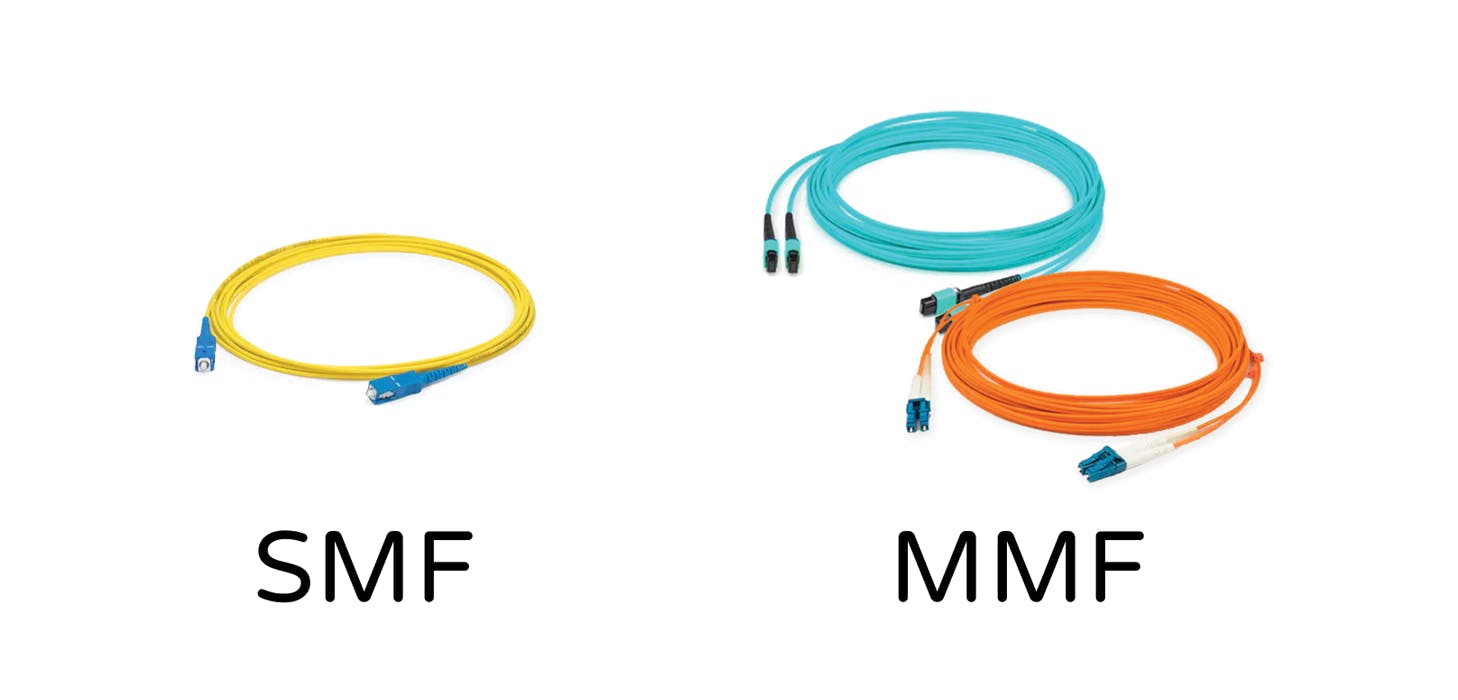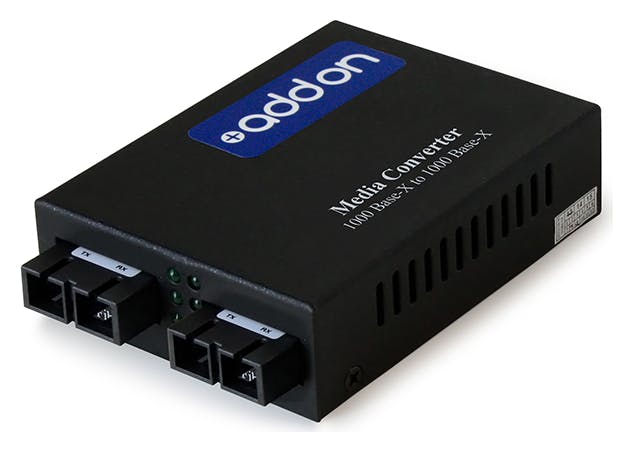The most fundamental advantage of fiber optics is its importance in remote learning. In the past, accessing all online educational resources required teachers and students to rely on sluggish, unreliable internet connections. As a result, material downloads were slower and films and online conferences were frequently interrupted. This issue has been resolved by fiber optics, which provides faster and more stable transmissions as well as significantly better signal quality. This has a direct impact on the effectiveness of distance learning, which is only possible with fiber optics.

Fiber optics can be used in a variety of applications such as tele-education, media file sharing, media-enhance learning, and more. Because fiber optic connections use light to transmit and receive data, they are faster and more secure than traditional copper lines, which can greatly benefit schools, faculty, and students. The high-speed internet network also allows for the inclusion of additional tools to assist students in comprehending new concepts. Overall, the benefits of fiber optic technology assist students in reaching their full potential.
Fiber Optic Products that Support Educational Purposes
AddOn recognizes the significance of fiber optic technology in modern digital education, as the following fiber optics below support educational purposes.

Single mode and Multi-mode Fiber Cables
- Single mode fiber – suitable for long-distance applications and is capable of transmitting data up to 40G
- Multi-mode fiber – designed for short-distance runs with high-speed and high bandwidth

Media Converters:
- 10/100/1000 Media Converters connect 10Mbps, 100Mbps, or 1G copper to single mode or multi-mode fiber.
- Increases network connectivity while saving space, and serves as an interface for connecting various networks, data signals, and devices.
